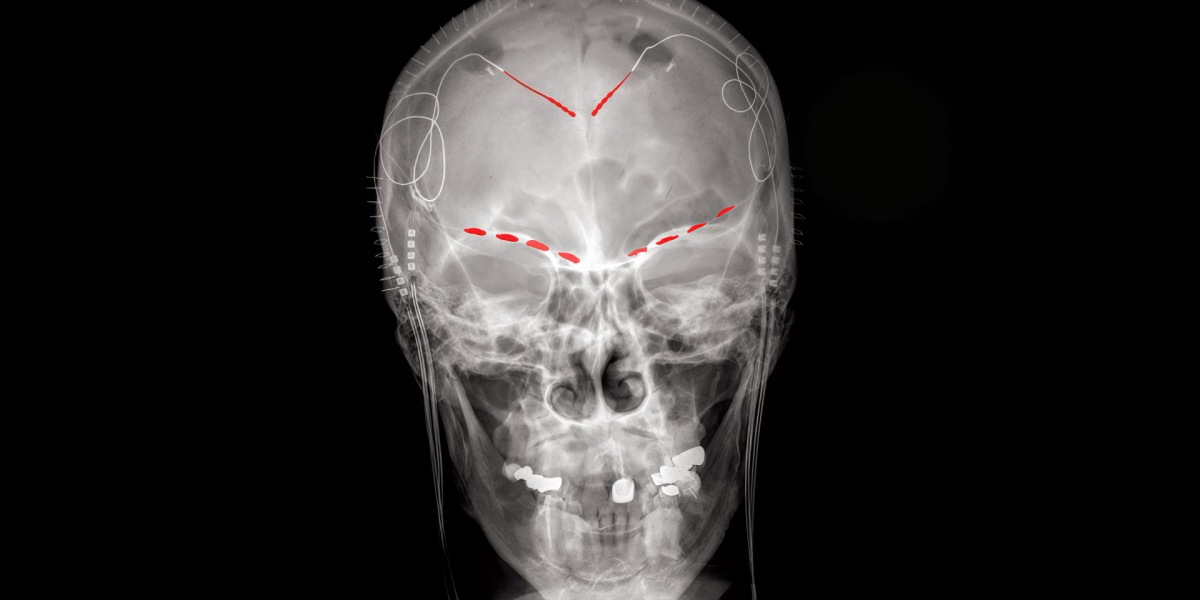
“The hope is that now that we know where these signals live, and now that we know what type of signals to look for, we could actually try to track them noninvasively,” he says. “As we recruit more patients, or better characterize how these signals vary between people, maybe we can use it for diagnosis.”
The researchers also found they were able to distinguish a patient’s chronic pain from acute pain deliberately inflicted using a thermal probe. The chronic-pain signals came from a different part of the brain, suggesting that it’s not just a prolonged version of acute pain, but something else entirely.
Because different people experience pain in different ways, there is no one-size-fits-all approach to tackling it, which has proved a major challenge in the past. The team hopes that mapping individuals’ biomarkers will make it possible to better target therapeutic use of electrical brain stimulation, a treatment Shirvalkar likens to turning pain on or off like a thermostat.
The findings could be a big leap in pain treatment and could be especially helpful in treating people with chronic pain who have difficulty communicating, says Ben Seymour, a professor of clinical neuroscience at the University of Oxford, who was not involved in the project.
“This opens a new door to smart pain technologies, so I think this is a really important engineering hurdle that is now crossed,” he says.
It also demonstrates the intensely personal ways in which people feel pain, and the importance to tailoring treatments to each person, adds Shirvalkar
“It’s clear that pain is so complex—and that individual people are so complex—that the only way to actually hear them and see them is to let them tell their side of the story,” he says.
